Whole Soybeans for Dairy Cattle
Reviewed
Whole soybeans offer high energy and palatability for dairy cows but must be fed in moderation to avoid excess dietary fat affecting milk production.

Is Your Wiring System Safe and Energy Efficient?
Reviewed
Learn how to assess and improve your home's electrical wiring for safety and energy efficiency, including tips on circuit protection and common warning signs.
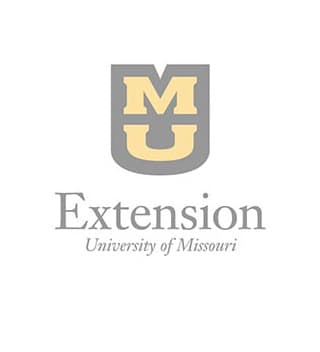
Birdsfoot Trefoil
Reviewed
Birdsfoot trefoil is a long-lived perennial legume ideal for Missouri pastures, offering summer forage, bloat-free grazing, and higher livestock gains.
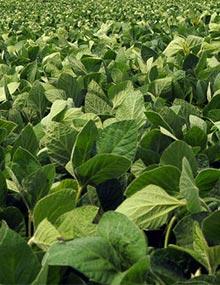
Soybean Production in Missouri
Reviewed
Soybeans were the most successful crop for Missouri farmers in the 1970s & 1980s. Visit our site to learn more about Soybean Production in Missouri.
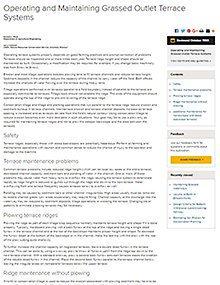
Operating and Maintaining Grassed Outlet Terrace Systems
Reviewed
Discover best practices for maintaining grassed outlet terraces, focusing on ridge preservation, sediment control, and erosion mitigation.

Feeding and Housing Dairy Goats
Reviewed
Sound feeding and housing practices result in optimum goat growth and goat milk production. Visit our site to learn about Feeding and Housing Dairy Goats.

Reed Canarygrass, Ryegrass, and Garrison Creeping Foxtail
Reviewed
Reed canarygrassReed canarygrass is a tall-growing, cool season perennial with a rhizomatous root system (it roots by sending out runners).

Irrigating Soybeans
Reviewed
Irrigation boosts soybean yields on drought-prone Missouri soils, with short-season varieties showing the greatest response during peak water demand periods.

Design Criteria for Canopy and Hood Inlet Spillways
Reviewed
These criteria apply to the design of canopy and hood inlet spillways used as the principal spillway for ponds, irrigation reservoirs, and stabilization structures.
The canopy or hood inlet spillway usually is used in conjunction with an emergency spillway.
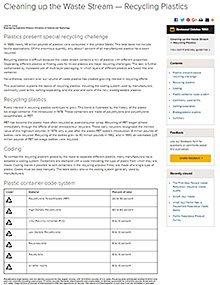
Cleaning up the Waste Stream — Recycling Plastics
Reviewed
Recycling plastics is challenging due to mixed materials and multi-layer packaging. Guide explains plastic codes, sorting methods, and biodegradable options.

Design Criteria for Debris Basins
Reviewed
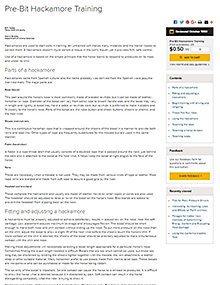
Pre-Bit Hackamore Training
Reviewed
Learn how to properly fit and adjust a hackamore to safely train young horses, ensuring effective communication without injuring sensitive mouth tissue.
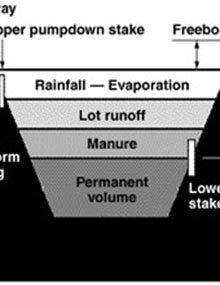
Earthen Pits (Basins) for Liquid Dairy Waste
New
Earthen pits are cost-effective structures for storing liquid dairy waste, requiring proper design and soil conditions to prevent contamination.
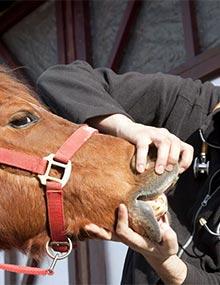
Health Hints for Your Horse
Reviewed
Learn about common ailments and injuries in horses, so you can prevent problems and ride more.

Show Me Healthy Relationships: Singles Course Workbook
New
Editor's note
This item is available for University of Missouri Extension internal orders only.
For more information, contact extpubs@missouri.edu
Collective Bargaining 3: Effective Negotiations - Page 4
Preparation of a bargaining book Preparation of a bargaining book
Before the first meetings with the company, many locals prepare a bargaining book to assist in the organization of all materials that are or may be useful in the negotiatio